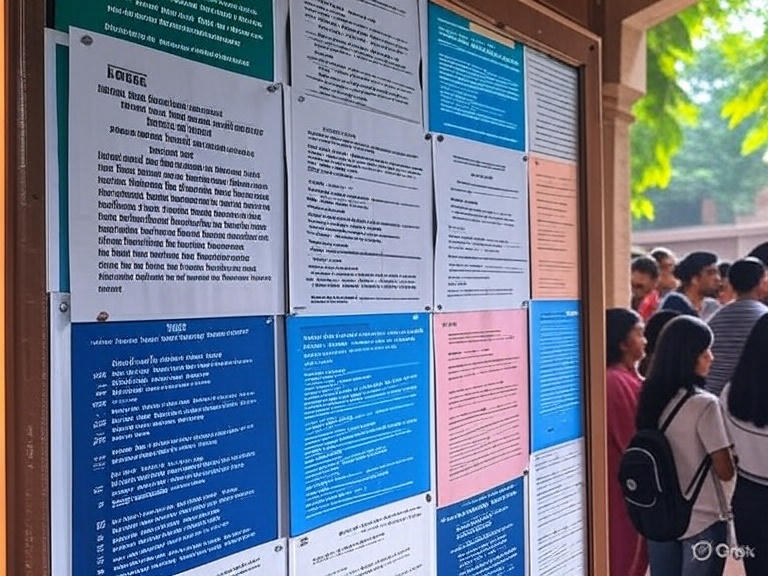In a bold move to bolster transparency in India’s higher education landscape, the University Grants Commission (UGC) has issued formal warnings to 54 private universities spread across 18 states. The regulatory body cited these institutions for failing to comply with mandatory online disclosure requirements, a policy introduced earlier this year to empower prospective students with vital information.
The initiative, launched in June 2024, compels universities to post comprehensive details on their official websites. This includes everything from program offerings and faculty profiles to campus facilities, research initiatives, administrative structures, financial reports, and even a user-friendly search tool. The goal? To foster accountability, enable better decision-making for families, and cultivate a culture of trust in academia.
Despite repeated nudges through emails and virtual sessions, the UGC found that these universities either failed to upload the requisite data or submit verification paperwork via their registrars’ portals. “Transparency isn’t optional—it’s essential for safeguarding student interests and upholding institutional integrity,” a UGC spokesperson underscored, stressing the urgency for swift corrections.
The non-compliant universities hail from a diverse array of regions, spanning Assam and Bihar in the east to Gujarat and Haryana in the west, with additional clusters in Chhattisgarh, Goa, Jharkhand, Karnataka, Madhya Pradesh, Maharashtra, Manipur, Punjab, Rajasthan, Sikkim, Tripura, Uttar Pradesh, Uttarakhand, and West Bengal. This widespread enforcement signals the UGC’s zero-tolerance stance on evasion.
Among the flagged entities in Gujarat—where eight institutions drew scrutiny—are Gandhinagar University, JG University, KN University, MK University, Transstadia University, Plastindia International University, Surendranagar University, and Teamlease Skills University. One outlier, Sikkim Alpine University, has already pushed back, claiming full adherence by posting the details and forwarding proofs to regulators, urging its prompt delisting.
For those dragging their feet, the stakes are high. The notices outline a narrow window for remediation, after which the UGC could escalate to on-site audits, monetary fines, or broader sanctions. Such repercussions aren’t mere threats; they reflect a growing regulatory push to weed out opacity that could otherwise erode public confidence.
Education analysts applaud this development as a timely intervention. “In an era where misinformation spreads rapidly, clear disclosures are the bedrock of informed enrollment choices,” noted one sector expert. “This not only shields families from potential pitfalls but also nudges the entire ecosystem toward higher standards.”
As private higher education booms in India—now boasting over 400 such universities—the UGC’s vigilance arrives at a pivotal moment. With enrollment numbers soaring and competition intensifying, these guidelines could redefine how institutions operate, prioritizing clarity over concealment. For now, the 54 under the spotlight must act fast, or risk becoming cautionary tales in the quest for a more equitable academic future.

